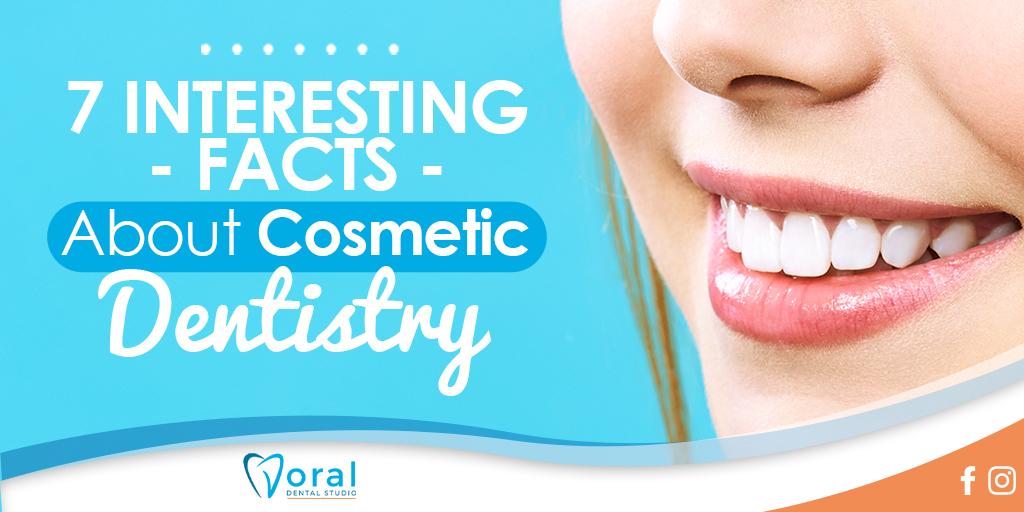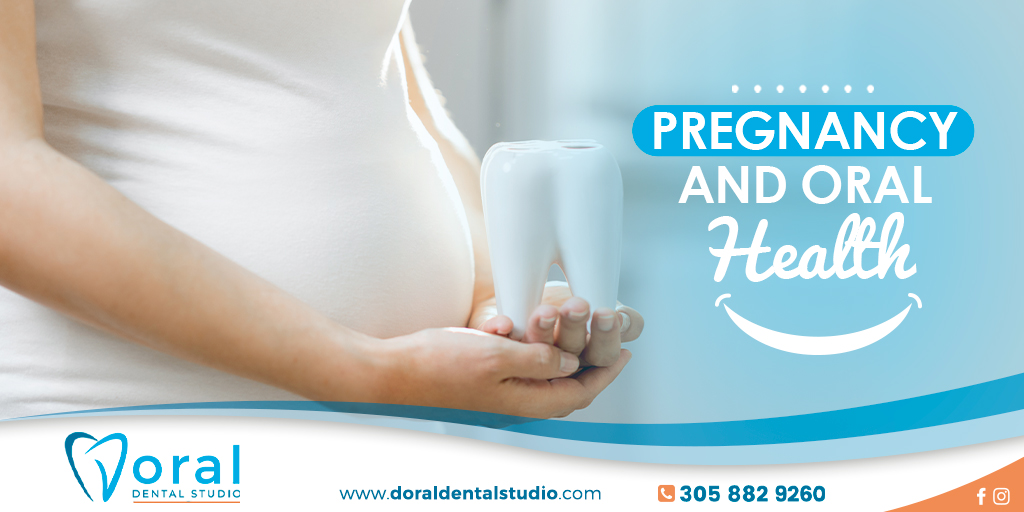When most people think about cosmetic dentistry, they picture a Hollywood smile with brilliant white teeth. While teeth whitening is certainly a popular and effective cosmetic treatment, there’s a lot more to cosmetic dentistry than that. For example, did you know that improving the appearance of your smile often improves its function at the same time? Cosmetic dentistry can even improve your mood and confidence!
Let’s talk about those and many other fascinating but lesser-known facts about cosmetic dentistry.
1. Caring about your smile is human nature
It’s normal to care about the way your smile looks. In fact, people have been invested in the appearance of their teeth since ancient times. Etruscans in northern Italy were making dentures as early as 700 BC!
Although many people aren’t happy with the look of their smile, a survey by the American Academy of Cosmetic Dentistry found that 82% of respondents said it’s the dentist who initiates a dialogue about cosmetic dentistry. (Only 26% said that patients start the conversation.) Patients often don’t ask about cosmetic options because they:
- Feel nervous or uncomfortable to bring it up
- Don’t realize it’s an option
- Believe it will be too expensive
At DDS, all questions about cosmetic dentistry (and other types of dentistry) are welcome. We focus on eliminating barriers to high-quality cosmetic dentistry by creating a compassionate, judgement-free environment and offering affordable payment plans.
2. Cosmetic dentistry can improve the health and function of your teeth
Functional dental issues can become cosmetic concerns if they’re left untreated. For example, tooth decay that isn’t addressed can eventually lead to lost teeth. If you have a cavity, tooth-colored fillings can prevent further complications, like tooth loss. Living with missing teeth long term, can lead to other health issues, such as:
- TMJ pain
- Facial bone loss (which causes the face to look sunken)
- Gum disease
- Difficulty chewing
If you already have missing teeth, treatments like implants, crowns, bridges, and dental bonding will improve your smile’s appearance and restore function at the same time.
3. Porcelain veneers don’t stain like normal teeth do
Stained teeth aren’t necessarily unhealthy teeth, but you may not like the look of them. The truth is that if you drink several cups of coffee or tea throughout the day, it can be hard to keep your natural teeth white, even with good dental hygiene practices.
A professional whitening can work wonders for mild-to-moderate stains, but if you have more advanced staining or your teeth are worn down, porcelain dental veneers may be a better and more permanent solution. Not only do they brighten your smile, they also beautifully hide cracks, chips, and gaps. Although porcelain veneers look just like real teeth, they’re actually much more resistant to staining than regular teeth, which makes them a long-lasting solution to persistent tooth stains.
4. You can practice preventive cosmetic dentistry in daily life
Although many cosmetic dental issues require professional intervention to fix, there’s a lot you can do on your own to help keep your teeth healthy and beautiful.
- Avoid soda and sugary drinks — they’re one of the main causes of tooth stains, discoloration, and decay
- Drink plenty of water to flush away food remnants and bacteria
- Rinse with water after consuming sugary foods and drinks, as well as tooth-staining beverages like coffee, tea, and wine
- Floss daily and brush morning and night to keep your teeth clean, healthy, and white
5. Some people wear down their teeth at night without knowing it
Bruxism is a condition that involves grinding, clenching, or gnashing your teeth. It’s possible to do this while awake or asleep, but people with sleep bruxism are less likely to be aware that it’s happening. The underlying causes of bruxism are complex, but stress and improper tooth alignment are common contributing factors.
If bruxism is severe enough, it can have serious consequences for the health and look of your teeth. In the worst cases, it eventually wears down the enamel on your teeth, which changes their shape and appearance, making them look short and flat.
If you’re experiencing headaches, facial pain, worn or chipped teeth, tight/painful jaw muscles, or you find yourself constantly waking up during the night, it’s worth talking to your dentist. A dentist can identify signs of tooth grinding, so you can address the problem and prevent both the cosmetic and functional consequences of bruxism.
The simplest and most common solution is to wear a night guard while you sleep, but other treatments can also be helpful, especially if they address the root cause of the grinding. Depending on your situation, your dentist might recommend treatments like:
- Practicing proper jaw and tongue positioning
- Orthodontic treatment to align crooked teeth
- Stress management
6. Cosmetic dentistry isn’t “one size fits all”
Many people worry that they’ll lose everything unique and personal about their smile if they get cosmetic treatments. Luckily that isn’t the case!
Do you love the unique shape of your teeth? Like the look of your prominent canines? Don’t want to lose the gap between your front teeth? It’s generally easy to preserve certain elements of your smile but change others.
At DDS, our goal is to help you achieve a smile that you love, and our treatment plans are customized to your needs. We’ll talk to you about how you want your teeth to look, and if there are any specific features you want to preserve or change. It’s all up to you!


